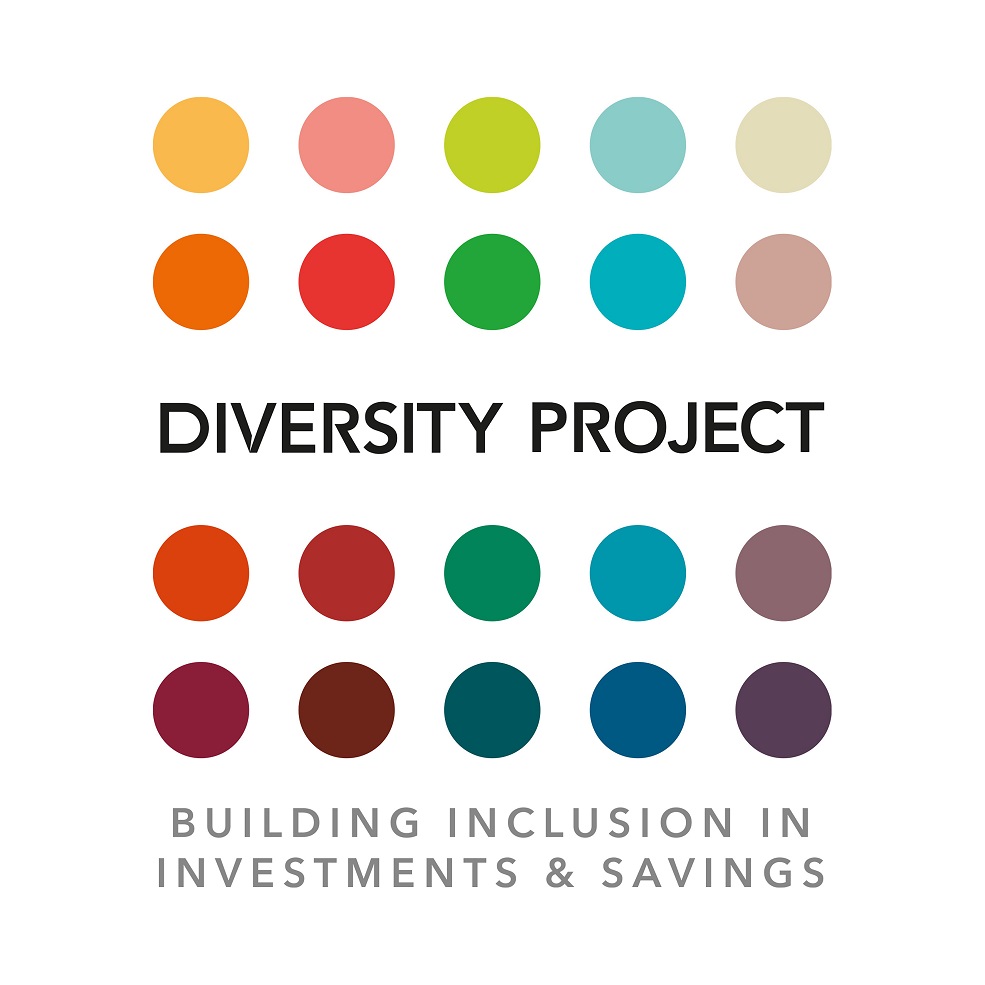In light of intense political scrutiny of corporate diversity, equity and inclusion (DE&I) practices, our engagement analyst Jenny Twigg explains why ditching DEI could prove painfully short-sighted.

Moving beyond DE&I buzzwords
US President Donald Trump’s antipathy towards diversity, equality and inclusion (DE&I) initiatives is raising the stakes for companies grappling with these principles. A flurry of presidential executive orders has targeted DE&I programmes across the federal government. And the White House has warned it’s got corporate America in its sights too.
Several high-profile companies seem to have been rolling back on their DE&I commitments in response. That’s creating an exceptionally hectic and complex landscape for navigating engagement – our dialogue with investee companies on a broad range of environmental, social and governance issues.
I think some corporate DE&I policies had veered into extremes, with their focus shifting from fostering genuine inclusivity and merit-based recognition to fulfilling quotas and performative ‘virtue signalling’. Some companies began prioritising identity over competency and made hiring decisions based on demographics rather than qualifications or potential.
That said, from my perspective as Rathbones Asset Management (RAM)’s engagement analyst, I think it’s short-sighted to dismiss DE&I as simply a trendy, ‘woke’ value. It’s often a critical business imperative.
If an organisation’s board of directors or leadership team is made up of individuals from similar backgrounds with similar viewpoints, that organisation may risk losing out on diversity of thought – a core driver of innovation and competitive advantage.
Kodak’s missed moment?
We recognise that companies are navigating many conflicting demands, with their customers and shareholders sometimes pulling them in one direction and sometimes in another.
But we also believe that ditching DE&I could have painful consequences. At RAM, we regard board diversity, for example, as more than just a nice-to-have. We think it can signal that a board will make better decisions and that, in turn, might just make the company a more attractive investment.
Take Kodak, for example. The company invented the first digital camera back in the 1970s, but it failed to recognise the prototype’s commercial potential. By dismissing this innovation as too niche, Kodak was the author of its eventual demise as digital photography destroyed its film-based business. A broader range of voices in the room might have ensured someone spotted the potential value on offer and pushed for the invention’s commercial development.
Kodak’s blunder is a stark reminder that businesses that lack diverse perspectives risk missing out on new opportunities.
We’re now in the midst of AGM season – the one time each year when shareholders get to vote on whether they approve or disapprove of the way large, publicly-traded companies are run.
We’re continuing to align our votes with our long-held conviction that diverse businesses are more likely to generate innovative ideas and outperform those with less diversity.
One of the positives of the current scrutiny of DE&I is that it’s encouraging many companies to revisit their existing DE&I policies. And that, in turn, is opening up fresh opportunities for us to engage with them on their approach to DE&I. From this dialogue, several companies have brought up geographical diversity and emphasise how it helps them to understand customers from different parts of the world – a clear example of how diversity isn’t just a box-ticking exercise, but proves useful for a business.
Our conversations offer opportunities to better understand businesses’ key priorities, the strategies they’re developing and the challenges they may be navigating. Engaging with companies allows us to have a two-way debate. They can give us the detail behind the headlines and we can voice our concerns as shareholders.
Beyond box-ticking
In our minds, companies don’t necessarily need formal DE&I targets or quotas to prove their commitment to inclusivity. What matters more is having a clear DE&I strategy that shows the business grasps that diversity isn’t just a social good, but a business imperative. And organisations also need to demonstrate they’re not only hiring the best talent, but managing to hold on to it too.
I suspect we’ll see more and more ‘rolling back’ on DE&I efforts. But some of that retreat will be superficial as companies try to show they’re in tune with the current political zeitgeist. I think many will stick with their DE&I work behind closed doors, even if they make less noise about it in public.
That could be a positive thing: companies may spend more time making meaningful progress towards better diversity and less on showcasing.
All this explains why I’m so passionate about engagement. It’s about a lot more than just analysing what’s being reported in the media or paying attention when there’s a particularly headline-grabbing AGM.
Instead, it’s about lifting the bonnet (apologies for the car analogy!) and trying to understand whether what companies do day-to-day aligns with their headline claims. Through this process, we can gain deeper insights into how companies are truly embracing DE&I as part of their long-term business strategies.









